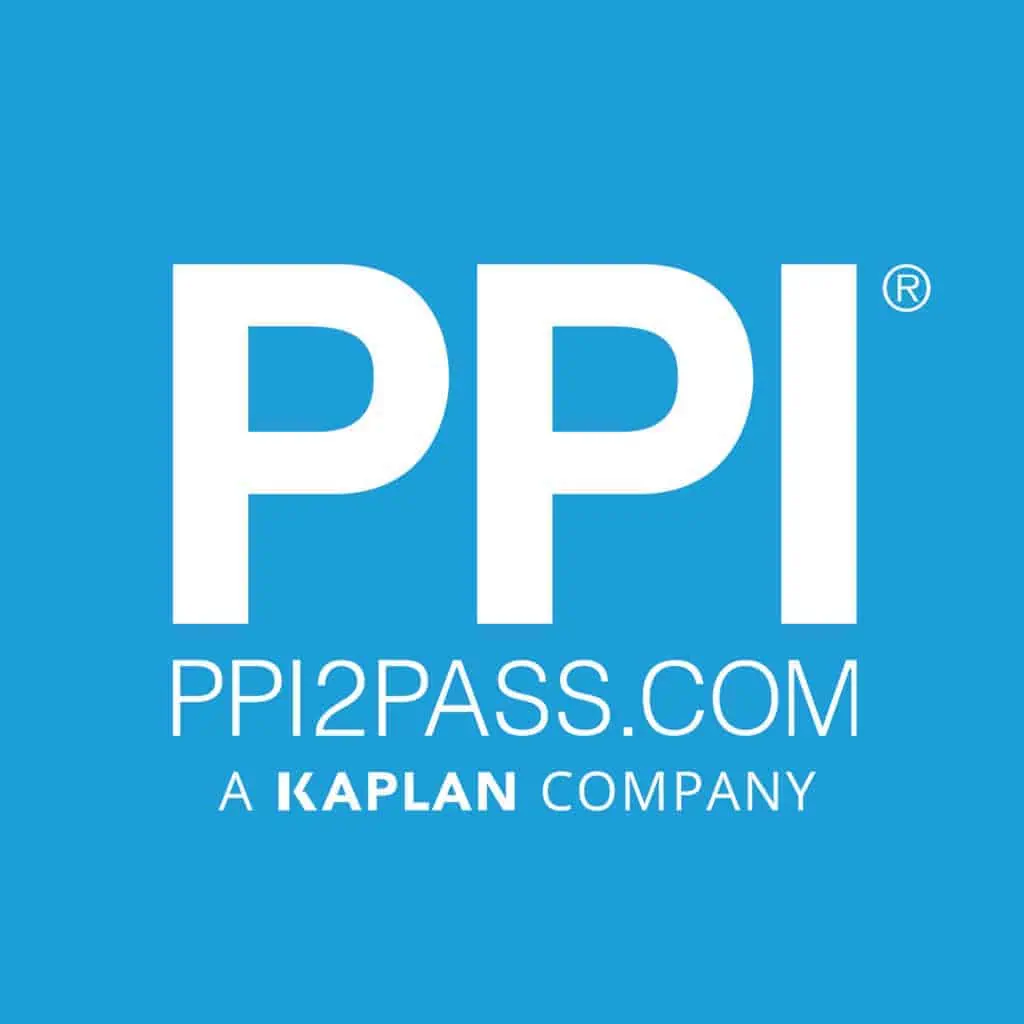In this article (and video above), which is the fourth video in a five-part series about the five different civil engineering disciplines you can choose from, we will discuss the roles, responsibilities, and credentials needed to become a civil transportation engineer, typically referred to as transportation engineer, to give you a better idea of what to expect both in your studies, and FE exams.
Before we get started, I just want to mention, especially for those of you who already took your FE exam, or are getting close to taking the exam, and are thinking of taking the Civil PE Exam next, that we did a complete series on our Pass the PE Exam YouTube channel about each of the five different PE Civil depth exams in detail, explaining the topics covered on each of the exams and what the pass rates are for each topic to help you in your decision. You can check it out on our Pass the PE exam YouTube Playlist here called Civil Engineering Disciplines – How They Show Up in the PE Exams.
What is Transportation Engineering?
Transportation engineering is the application of modern technology and scientific principles to the design, development and maintenance of transportation systems. The field of transportation engineering utilizes the latest developments in transportation and uses them to create the most efficient and effective systems possible for various locales. Transportation engineering applies to major terminals as well as the networks that connect them. Any product or system that moves people and goods from one place to another falls under the scope of transportation engineering.
Those working in the field of transportation engineering research, assess, design and develop new solutions for projects that include:
- Highways and roads
- Traffic control systems
- Public transit systems
- Railroads and depots
- Seaports
- Waterways
- Airports
- Bridges, and
- Pavements
How can one Become a Civil Transportation Engineer?
Qualifications to become a civil transportation engineer include a bachelor’s degree in engineering for an entry-level position. Master’s degrees and Ph.D. programs are also available, which may provide an opportunity for deeper technical knowledge and career advancement. These programs offer specialty classes including urban development, municipal infrastructure, and pavement design. Most states and all public transportation positions require licensing which entails completion of a two-part test which you are eligible to take after graduating from an accredited program. Some employers also provide additional entry-level training. You are not eligible to obtain full professional licensure until you acquire several years of industry experience. Environmental certifications may also be required as well as advanced skills using AutoCAD and other computer design programs.
What does the work environment for transportation engineers look like?
Transportation engineers typically spend a significant portion of their days in an office environment. They might work on a computer evaluating data, preparing reports and generating diagrams. These engineers also work closely with other engineers as well as management and stakeholders to ensure the project’s progress aligns with established goals. They may attend meetings and give presentations. In some cases, transportation engineers travel outside the office to assess traffic conditions or observe the progress on construction sites.
Abilities
Here are some of the abilities that might be helpful to have when considering a career in transportation engineering:
People in this career often have talent in:
- Deductive Reasoning – Using rules to solve problems.
- Inductive Reasoning – Making general rules or coming up with answers from lots of detailed information.
- Mathematical Reasoning – Choosing the right type of math to solve a problem.
- Written Expression – Communicating by writing.
- Problem Sensitivity – Noticing when problems happen.
- Written Comprehension – Reading and understanding what is written.
- Oral Expression – Communicating by speaking.
- Information Ordering – Ordering or arranging things.
- Oral Comprehension – Listening and understanding what people say.
- Visualization – Imagining how something will look after it is moved around or changed.
- Category Flexibility – Grouping things in different ways.
- Fluency of Ideas – Coming up with lots of ideas.
- Near Vision – Seeing details up close.
- Speech Clarity – Speaking clearly.
- Speech Recognition – Recognizing spoken words.
- Number Facility – Adding, subtracting, multiplying, or dividing.
This Episode Is Brought to You by PPI
PPI
In upcoming articles, I will answer more FE Exam questions and run through more practice problems. We publish videos bi-weekly on our Pass the FE Exam YouTube Channel. Be sure to visit our page here and click the subscribe button as you’ll get expert tips and tricks – to ensure your best success – that you can’t get anywhere else. Believe me, you won’t want to miss a single video.
Lastly, I encourage you to ask questions in the comments of the videos or here on this page and I’ll read and respond to them in future videos. So, if there’s a specific topic you want me to cover or answer, we have you covered.
I’ll see you next week.
Anthony Fasano, P.E.
Engineering Management Institute
Author of Engineer Your Own Success
